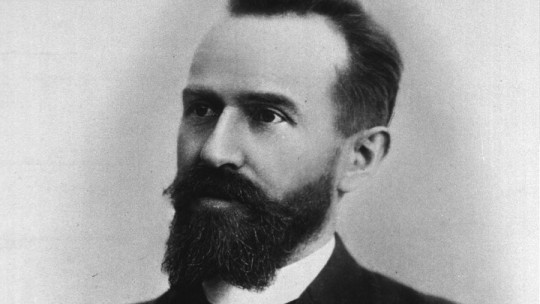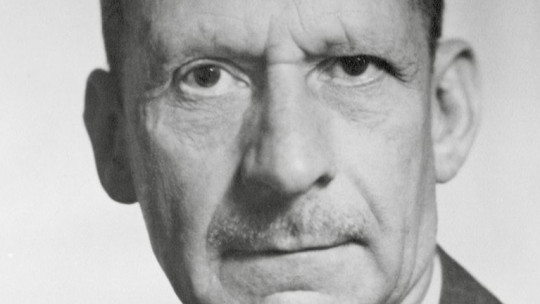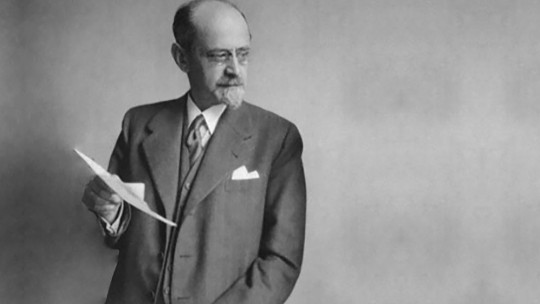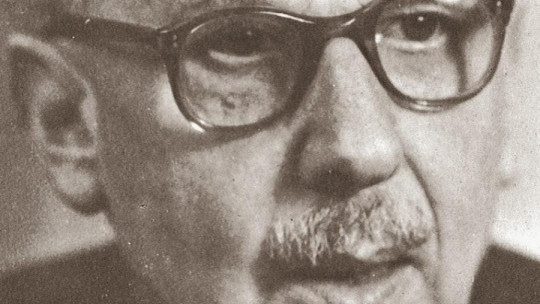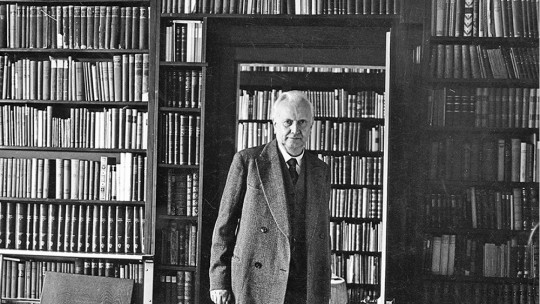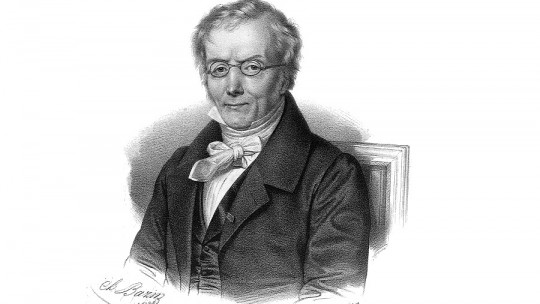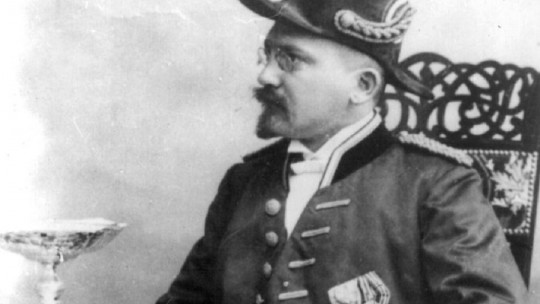The name of Emil Kraepelin is highly known by most psychologists and psychiatrists of the world as the founder of modern psychiatry.
Among his main contributions we find that he is responsible for having generated a classification system of mental illnesses based on the clinical manifestation of subjects with mental problems such as those that exist today (being a pioneer in developing a nosology in this regard) and the distinction between disorders such as dementia praecox (later called schizophrenia by Bleuler) and manic-depressive psychosis (current bipolar disorder).
In this article we are going to present a brief biography of this important psychiatrist.
Biography of Emil Kraepelin
Emil Kraepelin He was born on February 15, 1856 in Neustrelitz, Germany Son of Emilie Kraepelin and Karl Kraepelin, the latter a teacher. Throughout his life he acquired a certain taste for botany (probably due to the influence of one of his brothers, a biologist) and a great fondness for music, literature and poetry.
Training
From the beginning, Kraepelin felt a great interest in the world of medicine and biology, beginning in 1875 to study medicine at the University of Würzburg. During his studies he became greatly interested in the field of psychiatry and psychology , focusing on that area especially after a stay in Wilhelm Wundt’s experimental laboratory in Lepizig, taking a course with the father of scientific psychology and learning the psychophysical methods used by him. Later he would work as Von Rinecker’s assistant at the psychiatric hospital of the aforementioned university.
He received his doctorate in 1878, with a thesis based on the effect of diseases on the appearance of mental disorders in which he also worked on aspects such as the role of psychology in psychiatry.
Post-university training
The one who would be president of his thesis evaluation board, Bernhard von Gudden, would recruit him as his assistant at the Munich psychiatric hospital, working on aspects related to neuroanatomy for four years.
After that he would go on to study neuropathology in 1882 together with Flechsig, again in Leipzig, to later work as a volunteer with Erb and Wundt in the department of nervous diseases and in Wundt’s experimental laboratory, studying especially aspects linked to clinical practice despite that he also carried out different research on substance consumption or fatigue.
Preparation of the Psychiatry Treaty
It would be in these years when Wundt would suggest drawing up a table of the different mental disorders. However, Kraepelin would go much further than expected, formulating his own classification system based on clinical manifestation. of mental problems. In 1883, the Treaty on Psychiatry would be born, which would be the basis for the development of subsequent diagnostic classifications (including the latest editions of the DSM). It is at this important moment that modern psychiatric nosology emerges.
This classification would be carried out and would take into account not only the clinical manifestations but also their etiology, dividing mental disorders into endogenous and exogenous. Kraepelin considered the causes of psychiatric disorders to be primarily biological.
In addition to this important publication, during that same year he qualified at the department of medicine at the University of Leipzig to later work again with Gudden at the Munich psychiatric hospital.
In 1886 he was appointed professor at the university of Dorpat, Estonia, where he succeeded Emminghaus. He worked in this position while improving his Treaty until disagreements with the Tsar made him leave the position in 1890. He left for Heidelberg, where he would meet and work with Alois Alzheimer, with whom he would eventually contribute to studying the now known as Alzheimer disease. He would also study aspects such as sleep and memory.
Early dementia and manic-depressive psychosis
Despite having already published several revisions of his Treatise on Psychiatry, it would not be until the sixth edition, published in 1899, that he would make another of his greatest contributions: the creation and distinction of the concepts dementia praecox (current schizophrenia, highlighting the paranoid subtypes, hebephrenic and catatonic) and manic-depressive psychosis (current bipolar disorder), establishing some of its characteristic symptoms through longitudinal studies.
Return to Munich
Together with Alzheimer, in 1903 he would return to Munich, where he would be appointed professor of Psychiatry at the University of Munich and would participate in founding and directing the Königlische Psychiatrische Klinik. His research at this time focused on the study of mental disorders in different cultures, which would cause him to travel often to different countries.
At this time he would also carry out research on alcohol, which would lead him to become teetotal and even make his own non-alcoholic drink, a kind of lemonade called “Kraepelinsekt”. He attempted to promote the creation of institutions for alcoholics, but his proposal was not supported.
The aforementioned clinic would become the German Institute for Psychiatric Research between 1917 and 1918 but the arrival of the First World War practically bankrupted it (only thanks to the help of the Rockefeller Foundation was its closure avoided).
Death and legacy
The following years were spent working at the Institute and on the then ninth edition of the Treatise on Psychiatry. Emil Kraepelin died on October 7, 1926 in the city of Munich, at the age of seventy.
Kraepelin’s legacy is extensive: He is the first author to create a psychiatric nosology and a way to classify mental illnesses which has continued to be used to this day. Although their diagnostic labels are no longer usually used, they have given way to other names and research regarding various disorders.


